I have a TextView in which I programmatically setup the text size in 'SP'.
tv.setTextSize(spToPx(5, context));
public static int spToPx(float sp, Context context) {
return (int) TypedValue.applyDimension(TypedValue.COMPLEX_UNIT_SP, sp, context.getResources().getDisplayMetrics());
}
First screenshot shows how it should look (and how it looks on my Xiaomi Redmi and Doogee HT7

Second screenshot shows how it looks on other devices with higher or the same dpi.

Normally, if I understand correct, text with the same size in 'dp' or 'sp' should looks the same on other devices (with the same screen size) because it automatically converts 'dp' or 'sp' to the needed amount of pixels depending on dpi.
After reading Android Developer Guideline about devices with different density I was expecting that text would be smaller if I use the same text size on devices with higher dpi. But now I have a situation that I really don't understand.

